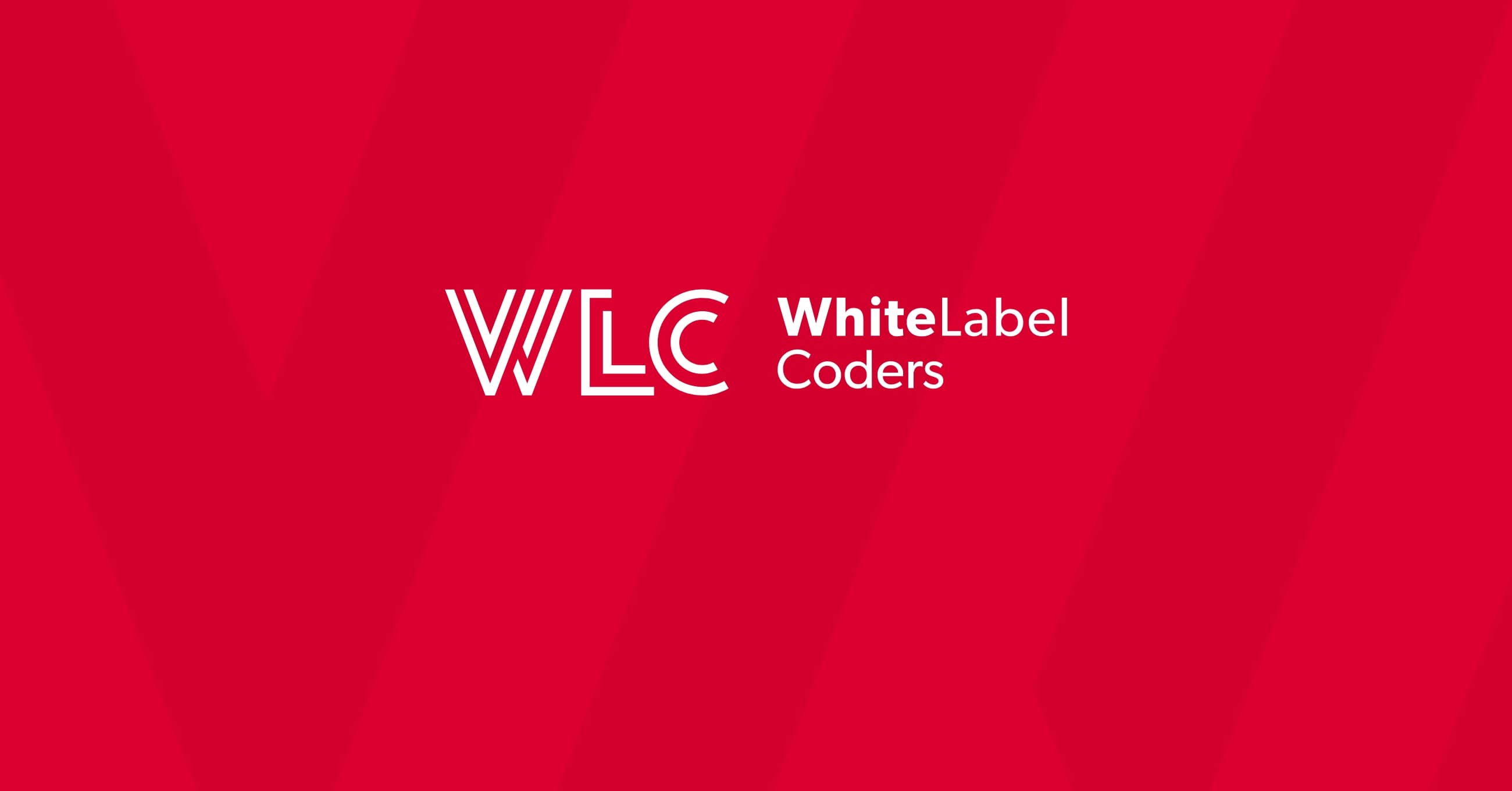Category: SEO AI
How to make a multisite WordPress?

Creating a WordPress multisite network allows you to manage multiple websites from a single WordPress installation. You’ll need to enable the multisite feature in your wp-config.php file, configure your server settings, and choose between subdomain or subdirectory structures. This powerful solution is perfect for businesses managing multiple sites, franchises, or complex web applications requiring centralised control.
Understanding WordPress multisite networks
WordPress multisite transforms your standard WordPress installation into a network of interconnected websites managed from one central dashboard. Think of it as having multiple websites sharing the same foundation but maintaining their unique identities.
Unlike traditional single WordPress installations where you manage one website at a time, multisite allows you to oversee dozens or even hundreds of sites simultaneously. You can install themes and plugins network-wide, manage users across all sites, and maintain consistent branding whilst allowing individual site customisation.
The core benefits include streamlined maintenance, centralised user management, shared resources, and significant cost savings. Whether you’re running a franchise business, managing client websites, or developing a custom WordPress website with multiple language versions, multisite networks provide the scalability and control you need.
What is WordPress multisite and how does it work?
WordPress multisite operates through a shared database architecture where multiple websites coexist within a single WordPress installation whilst maintaining separate content and configurations.
The system creates additional database tables for each new site in your network. Your original wp_posts, wp_users, and wp_options tables become the foundation, with numbered variations (wp_2_posts, wp_3_posts, etc.) created for each additional site. This structure allows sites to share certain elements whilst keeping content separate.
User management becomes particularly powerful in multisite environments. A single user account can have different permission levels across various sites in your network. Themes and plugins can be installed network-wide by super administrators, then activated individually by site administrators as needed.
The network dashboard provides super administrators with oversight capabilities, including the ability to create new sites, manage network-wide settings, and monitor all sites from one location. Individual site administrators retain control over their specific sites within the parameters set by the network administrator.
How do you enable WordPress multisite on an existing site?
Enabling multisite on an existing WordPress installation requires careful preparation and systematic configuration to ensure a smooth transition without data loss.
Before making any changes, create a complete backup of your website files and database. This includes downloading all WordPress files via FTP and exporting your database through phpMyAdmin or your hosting control panel.
Next, deactivate all plugins temporarily to prevent conflicts during the multisite setup process. Open your wp-config.php file and add the following line above the “That’s all, stop editing!” comment:
define( 'WP_ALLOW_MULTISITE', true );
After saving the file, navigate to your WordPress admin dashboard. You’ll find a new “Network Setup” option under Tools. The setup wizard will guide you through choosing between subdomain and subdirectory configurations, setting your network title, and configuring the super administrator email.
The wizard will then provide additional code snippets to add to your wp-config.php and .htaccess files. Copy these exactly as provided, save your files, and log back into your WordPress dashboard to complete the network activation process.
What are the requirements for setting up a WordPress multisite network?
WordPress multisite networks have specific technical prerequisites that must be met before successful implementation, particularly regarding hosting capabilities and server configurations.
Your hosting environment must support PHP version 7.4 or higher, with MySQL 5.6 or MariaDB 10.1 as minimum database requirements. More importantly, your hosting provider must allow wildcard subdomains if you plan to use the subdomain structure, which requires specific DNS configuration capabilities.
Server-level considerations include adequate storage space and memory allocation. Multisite networks typically require more resources than single installations due to shared plugin and theme files, multiple databases, and increased user activity across sites.
| Requirement | Minimum Specification | Recommended |
|---|---|---|
| PHP Version | 7.4 | 8.0 or higher |
| MySQL Version | 5.6 | 8.0 or higher |
| Memory Limit | 256MB | 512MB or higher |
| Disk Space | 5GB | 20GB or higher |
Additionally, ensure your hosting provider supports mod_rewrite for Apache servers or equivalent URL rewriting capabilities for other server types. This is essential for proper multisite functionality and clean URL structures.
How do you configure subdomains vs subdirectories for multisite?
Choosing between subdomain and subdirectory structures significantly impacts your multisite network’s architecture and requires different technical configurations and considerations.
Subdomain structures create sites like site1.yourdomain.com and site2.yourdomain.com. This approach requires wildcard DNS configuration and subdomain support from your hosting provider. Subdomains are ideal when sites represent different brands, locations, or completely separate entities within your organisation.
Subdirectory structures create sites like yourdomain.com/site1 and yourdomain.com/site2. This approach is simpler to implement and doesn’t require special DNS configuration. Subdirectories work well when sites are closely related or represent different sections of the same organisation.
For subdomain configuration, you’ll need to set up a wildcard DNS record (*.yourdomain.com) pointing to your server’s IP address. Contact your hosting provider or DNS management service to configure this properly.
Subdirectory configuration is more straightforward, requiring only the standard multisite setup process. However, subdirectories may face limitations with certain plugins and can create conflicts with existing page URLs.
How do you manage users and permissions across a multisite network?
Multisite user management introduces network-wide user roles and site-specific permissions that provide granular control over access and capabilities across your entire network.
The Super Administrator role sits at the top of the hierarchy, with complete control over the entire network. Super Admins can create new sites, install and manage network-wide plugins and themes, manage users across all sites, and configure network settings.
Individual sites maintain their own user hierarchies with traditional WordPress roles (Administrator, Editor, Author, Contributor, Subscriber). However, users can have different roles on different sites within the same network, providing flexible permission management.
Network user management allows you to add users to multiple sites simultaneously, assign different roles per site, and maintain centralised user profiles. This is particularly valuable for organisations where employees need varying access levels across different departmental or regional websites.
User registration can be controlled at the network level, allowing you to enable or disable new user registration, require administrator approval, or set up automatic user provisioning for new sites in your network.
What are the best practices for WordPress multisite maintenance?
Effective multisite maintenance requires systematic approaches to plugin management, security monitoring, and performance optimisation across your entire network.
Plugin and theme management becomes critical in multisite environments. Install plugins at the network level when functionality is needed across all sites, but activate them selectively to avoid unnecessary resource consumption. Regularly audit active plugins and remove unused ones to maintain optimal performance.
Implement comprehensive backup strategies that cover all sites in your network. Consider using network-compatible backup solutions that can restore individual sites or the entire network as needed. Schedule regular backups and test restoration procedures periodically.
Security monitoring requires network-wide vigilance. Use security plugins compatible with multisite environments, implement strong password policies across all sites, and monitor user activity logs for suspicious behaviour. Keep WordPress core, themes, and plugins updated consistently across the network.
Performance optimisation should address caching strategies suitable for multisite environments, database optimisation techniques, and resource allocation monitoring. Consider implementing content delivery networks (CDNs) and optimised hosting solutions designed for multisite networks.
Key takeaways for successful WordPress multisite implementation
Successful WordPress multisite implementation depends on thorough planning, proper technical setup, and ongoing maintenance strategies that address the unique challenges of managing multiple interconnected websites.
Critical success factors include choosing the right hosting environment with adequate resources and multisite support, carefully planning your subdomain or subdirectory structure based on your business needs, and implementing robust backup and security procedures from the start.
Common pitfalls to avoid include insufficient server resources leading to performance issues, inadequate backup strategies that don’t account for network complexity, and poor user permission management that creates security vulnerabilities or workflow inefficiencies.
For complex multisite implementations requiring advanced customisation, consider partnering with experienced developers who specialise in WordPress custom development. Professional guidance can help you avoid costly mistakes and ensure your multisite network scales effectively with your business growth.
Moving forward, regularly review your network performance, user feedback, and business requirements to optimise your multisite configuration. Stay informed about WordPress multisite updates and best practices to maintain a robust, secure, and efficient network that serves your organisation’s evolving needs.

